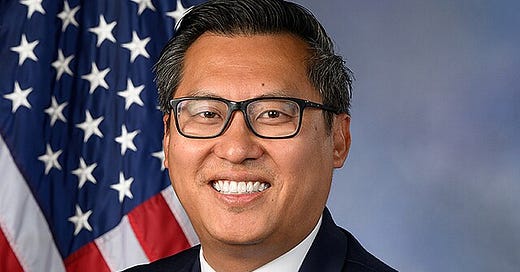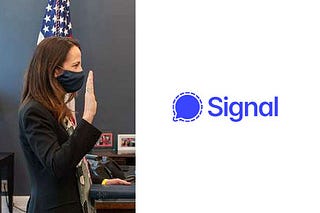Op-ed: Rep. Vince Fong: Combatting tranq in America
The horrors of fentanyl and tranq in our communities show the urgency of securing our borders and combatting the cartels, Rep. Vince Fong writes.
Communities across the United States, including my home in the Central Valley, find themselves grappling with a drug crisis that threatens to erode the fabric of our neighborhoods. As addiction and its awful consequences threaten to cripple families and local economies, more must be done at all levels of government to combat illicit drug use. One dangerous drug, xylazine — more commonly known as tranq — has increasingly posed a threat to all Americans in recent years.
Tranq is a powerful sedative that is used to tranquilize horses in a veterinary setting. When used by humans, it can cause severe necrotic wounds, leading to amputation and death. According to data from the Drug Enforcement Agency (DEA) in 2022, 23 percent of seized fentanyl powder also contained tranq, and 2021 saw xylazine-positive overdose deaths increase by an average of 620 percent over the previous year across the country. The combination of these two drugs is especially dangerous because, when the opioid overdose reversal drug naloxone is used to reverse a fentanyl overdose, a victim may still unknowingly be suffering from a tranq overdose.
Tranq and fentanyl are flowing across the border into our communities and killing our youth because of the failed border policies of the Biden-Harris administration. This leaves law enforcement agencies striving to address the crisis but lacking critical resources and jurisdiction needed to effectively counter the influx of these drugs. Congress must do everything in our power to ensure that border officials and our federal, state, and local law enforcement officers on the front lines of the fight against illicit drug trafficking have access to every available tool, and that starts with harnessing data to better understand the trafficking and manufacturing patterns of the drugs we are combatting on U.S. soil. That is why I recently introduced the Strengthening Tracking of Poisonous Tranq Requiring Analyzed National Quantification Act of 2024 (STOP TRANQ Act).
If this bill becomes law, it will require the Department of State to include tranq on its annual International Narcotics Control Strategy Report (INCSR), which provides a detailed analysis of various drug-related crimes including trafficking patterns, production strongholds, and foreign tracking enforcement across countries identified to have ties to the international drug trade.
By including tranq in the INCSR, it will be tracked in the same way that the State Department monitors cocaine and heroin production. Tracking trafficking patterns would show law enforcement how tranq is distributed and smuggled across America’s borders — a huge breakthrough that would help identify major routes and methods used by traffickers and allow law enforcement to target their efforts more strategically. Investigating production strongholds would help identify where tranq is made and give border officials and law enforcement a better chance of intercepting the flow of this drug and holding countries responsible for their role in facilitating tranq trafficking.
By pinpointing these areas, U.S. authorities could collaborate with international partners to target and shut down production sites, reducing the drug’s impact before it ever reaches our nation. Assessing foreign trafficking enforcement would give law enforcement an idea of how other countries are addressing the rise of tranq, including the effectiveness of their enforcement policies. This insight would help U.S. policymakers refine our own strategies and give our local law enforcement agencies a break in their relentless battle against these drugs.
Whether you personally know someone affected by addiction, are familiar with a law enforcement officer dealing with the crime that addiction causes, or have witnessed the consequences of addiction in crime-ridden, needle-littered main streets, we can all support common-sense legislation like the STOP TRANQ Act that aims to help everyone living in the shadow of these deadly drugs.
The horrors of fentanyl and tranq in our communities show the urgency of securing our borders and combatting the cartels and criminal organizations that are threatening our youth. Knowing more about the trafficking patterns, production strongholds, and foreign trafficking enforcement of tranq will better equip U.S. law enforcement and border officials with the tools they need to make more informed decisions in their fight against this dangerous drug.
By providing a comprehensive analysis of these three critical areas, the STOP TRANQ Act aims to arm U.S. law enforcement with the knowledge necessary to combat tranq more effectively, improve cross-border cooperation, and ultimately reduce the drug’s devastating impact on American communities.










